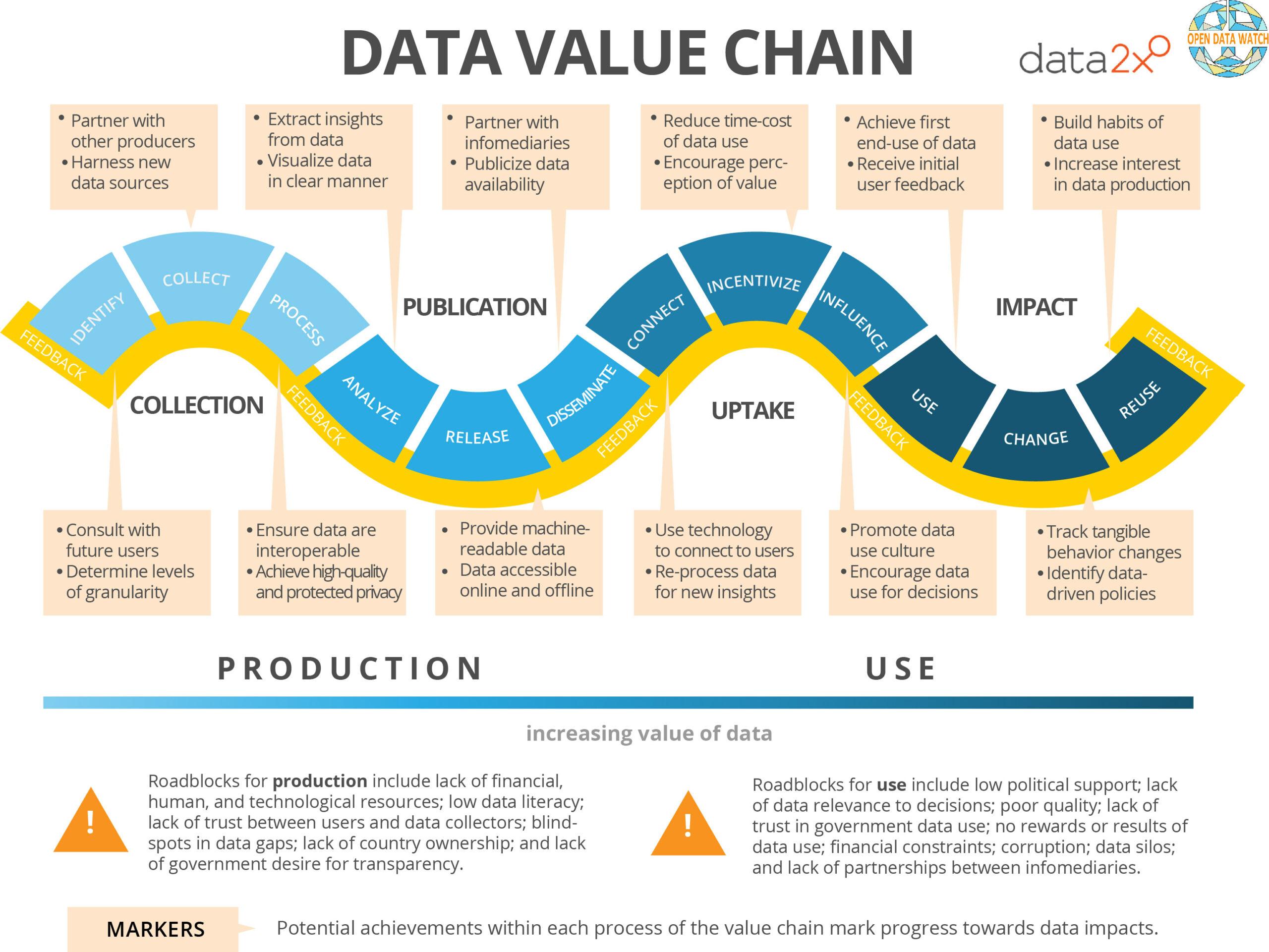In the ever-evolving landscape of digital technology, it has become increasingly crucial for companies to utilize data-driven decision making in order to stay competitive. This shift often requires organizations to prioritize following the data over the needs and wants of their users. In this article, we will explore the challenges and benefits of this approach, delving into how it can ultimately lead to success in an era where information is king.
Key Considerations for Data-Driven Decision Making
When it comes to making decisions based on data, it’s essential to prioritize analytics over gut feelings or personal opinions. By letting the data guide our choices, we can ensure that our decisions are grounded in facts and evidence rather than assumptions. This approach allows us to make strategic decisions that are more likely to lead to positive outcomes for our organization.
Some include:
- Collecting relevant data: Ensure that you have access to accurate and up-to-date data that is directly related to the decision you are making.
- Understanding the limitations: Recognize that data has its constraints and may not always provide a complete picture of the situation.

Balancing Data-Driven Insights with User Needs
At the heart of our latest project was a delicate balance between leveraging data-driven insights and meeting the ever-evolving needs of our users. As a team, we found ourselves in a situation where the data was pointing us in one direction, while our users were expressing a completely different set of preferences. It was a challenging conundrum that required careful navigation.
Embracing the data, we made decisions that felt counterintuitive at times. We prioritized features and updates based on analytics and metrics, even if it meant deviating from what our users were vocalizing. It was a test of trust in the data and in our ability to interpret it accurately. In the end, our users were pleasantly surprised by the improvements, showing us that sometimes, following the data instead of our instincts can lead to a more satisfying user experience.

The Importance of Objective Data Analysis
When it comes to making data-driven decisions, it is crucial to prioritize objective data analysis over personal opinions or biases. By relying on concrete data points rather than anecdotal evidence or gut feelings, businesses can make more informed and strategic choices that are grounded in reality rather than speculation. This approach allows for a more accurate understanding of customer behavior, market trends, and overall performance metrics.
Objective data analysis also helps to mitigate the risk of making decisions based on outliers or cherry-picked data points. By looking at the bigger picture and considering a wide range of data sources, businesses can ensure that their decisions are based on a comprehensive understanding of the situation at hand. This approach ultimately leads to more reliable and consistent outcomes, as well as a more transparent decision-making process that is rooted in evidence rather than personal bias.

Ensuring Data-Driven Strategies Align with User Expectations
When it comes to developing data-driven strategies, it can be easy to get caught up in the numbers and lose sight of the end goal. We recently found ourselves in a situation where we had to pivot our approach to align with user expectations. Despite what the data was telling us, our users were showing a clear preference for a different direction.
It was a tough decision to make, but we ultimately realized that we had to prioritize the user experience above all else. By shifting our focus and incorporating user feedback into our decision-making process, we were able to create a strategy that not only aligned with user expectations but also exceeded them. **Moving forward, we have learned the importance of balancing data-driven insights with user input to ensure that our strategies are not only effective but also user-centric**.
Final Thoughts
In conclusion, while it may seem counterintuitive to prioritize data over the preferences of our users, the journey to success often requires difficult decisions. By allowing data to guide our actions, we can ensure that our decisions are grounded in evidence and lead to better outcomes. Ultimately, striking a balance between data-driven insights and user feedback is key to creating a product or service that resonates with our audience and drives long-term success.